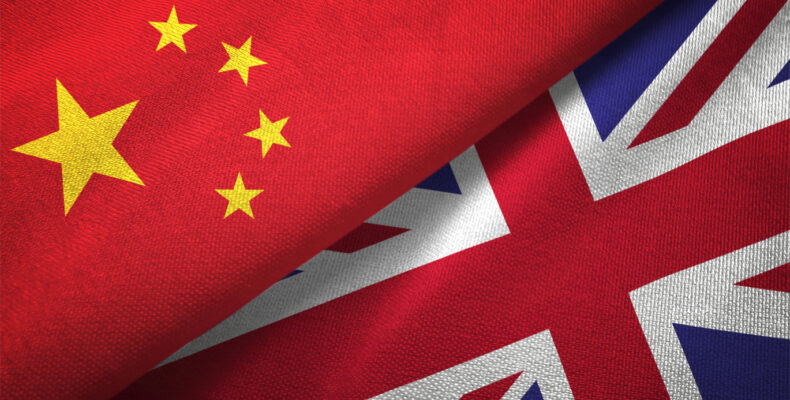
Chinese utility model patents: an IP right overlooked by UK businesses?
When UK businesses think of protecting their innovations abroad, China is high on the list. As one of the world’s largest manufacturing hubs and consumer markets, it offers immense commercial potential. Despite this, most UK patent applicants overlook a valuable and cost-effective Chinese IP right: the Chinese utility model patent.
But is the Chinese utility model patent right for your business? Patent senior associate Adrian Liu, and patent partner Scott King outline the role it can play in helping secure your intellectual property (IP) in China.
Overview of Chinese utility model patents
In China patents are split into two types: ‘invention patents’, which are similar to the patents we have in the UK; and ‘utility model patents’.
A Chinese utility model patent is a registered right that protects products, specifically their shape, structure, or a combination of both. They are ideal for physical inventions with definable structural features, such as tools, components, packaging designs, consumer goods, mechanical devices, and other tangible products.
More utility model patents are filed in China each year than invention patents: in 2024 alone, this exceeded three million with Chinese applicants filing the vast majority; but unaware of their strategic value, only a tiny proportion of those utility model patents were filed by UK applicants. This figure dwarfs the 1.8 million Chinese invention patents filed in the same period.
The key benefits and limitations of Chinese utility model patents are set out below:
Benefits
✔ Lower costs – cost for preparing and filing Chinese utility model applications are economical due to lower drafting fees and official fees.
✔ Lower bar, faster grant – Chinese utility model patents require only ‘obvious inventiveness’, a significantly lower threshold than is usually required.
✔ Enforcement power – once granted, Chinese utility model patents offer the same enforcement mechanisms as invention patents in China, including injunctions, damages, and compensation.
✔ Strategic flexibility – China allows same-day filing of both a Chinese utility model application and a Chinese invention patent application for the same subject-matter. The utility model patent usually grants first, providing earlier protection and can later be superseded by longer-term granted Chinese invention patent.
Limitations
✖ Shorter term – 10 years from filing (Chinese invention patents last for 20 years).
✖ Limited subject-matter – protects products with a shape and structure; cannot protect software, methods, or amorphous products.
✖ Validity concerns – as the bar for examination is lower, it is wise to assess the strength of a Chinese utility model patent before enforcement or licensing.
Is a Chinese utility model patent right for you?
When considering a Chinese utility model patent, ask:
- Does the product have clear technical shape or structure?
- Is the invention an incremental improvement?
- Is quick grant and early protection important to seize market opportunities?
- Is the Chinese market strategic for your commercial plans?
- Is 10 years of protection sufficient for your product lifecycle?
- If the answer to any of these is “yes”, a Chinese utility model patent could offer cost-effective, strategic value.
Quick, inexpensive, enforceable
Despite their widespread use by Chinese companies, UK applicants are vastly underutilising Chinese utility model patents. They are quick, inexpensive, and enforceable. Where early protection is key, or where the invention is an incremental improvement to a physical product, they are especially useful.
Whether you are a start-up, SME, or a larger business, adding utility model patents to your Chinese filing strategy can be a smart move.
If you’re considering IP protection in China or want to explore whether a Chinese utility model patent fits your product, please get in touch with one of the authors, Adrian Liu or Scott King. At Barker Brettell, we have a dedicated China team with extensive experience handling Chinese intellectual property matters.




